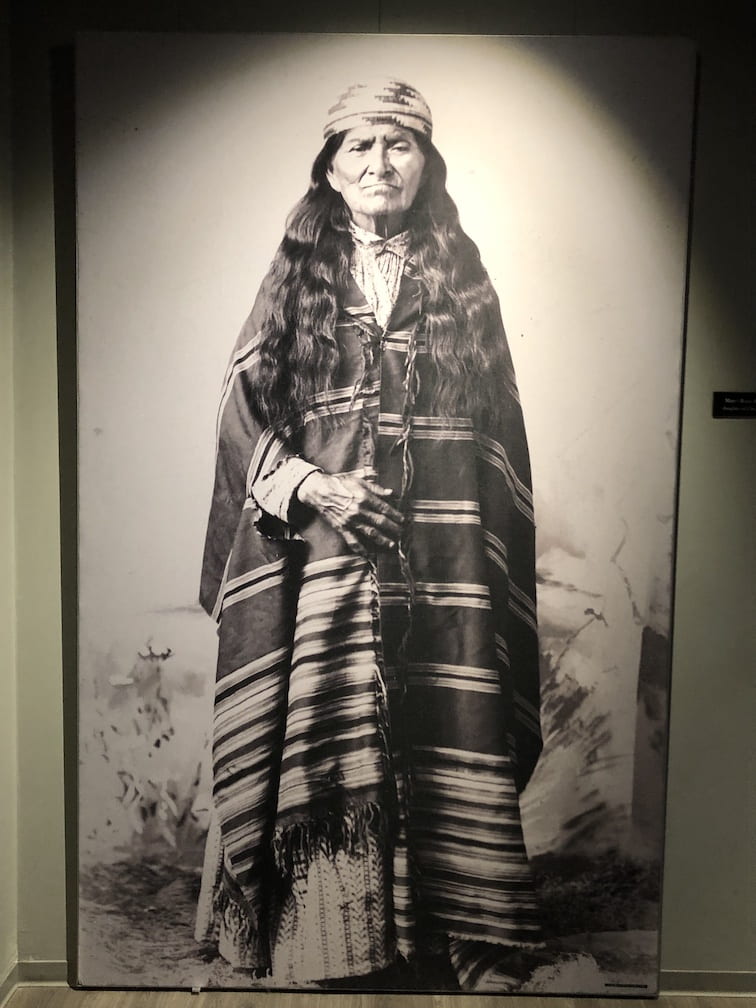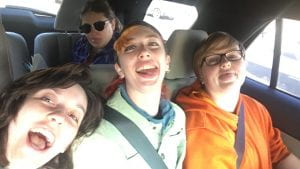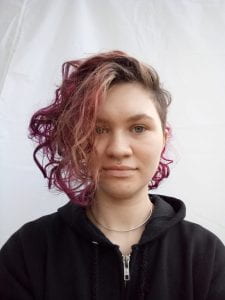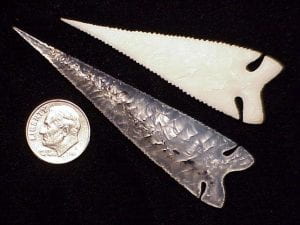It was a cold Monday morning when Jessica Curteman, the senior archaeologist at the Grand Ronde Historical Preservation Office, entered the lab with a Ground Penetrating Radar (GPR) device. I had read about the use of radar waves [used to survey archaeological sites] in the past, although when seeing the machine in real life I couldn’t help but think about the way in which it strongly resembled a baby stroller. Thankfully, I soon discovered that I would have the opportunity to work with the GPR team, allowing me to spend time learning about this some-what mysterious device.
In the beginning, I was curious how GPR actually grants archaeologists the ability to locate, identify, and map features under the ground surface. With the help of Jessica, I began to understand the complex way in which the GPR device is able to greatly assist in surveying a site. From what I gather, the surface antenna attached to the bottom of the baby stroller does most of the work, as it is the producer of the radar energy. The energy produced sends out multiple signals that are subsequently reflected by anomalies within the soil.
Although we have not yet preformed a full analysis of our findings, I was lucky enough to study the GPR display screen as my teammate Markee pushed the device. Markee explained that this was one of their favorite surveying techniques, as it allowed them to view instant results. I agree with Markee—there is something incredibly rewarding about seeing physical results present themselves in front of you (even if the data need later processing to more fully interpret their meaning).
GPR offers archaeologists the ability to see beneath the surface without disturbing soil, although this technique does not come without cost. The first cost is the literal cost of the baby stroller/GPR device – around $40,000. They definitely don’t sell them at Costco in a bundle of 20. Secondly, it takes dedicated time to complete a GPR grid, this often deters archaeologists from undergoing low impact methods of survey, as they don’t have the time or resources to undergo such in-depth data collection. Finally, there are the ways in which GPR data can be altered and skewed by the world around the surveying team. The GPR is greatly affected by radio waves, meaning that you-and everyone around you – is required to turn off their phones when the ground penetrative radar device is in use (this is harder for some more than others).
You may be shocked to hear that GPR is not the most glamorous form of archaeology- although I have envisioned a final instalment of Indiana Jones where Indy leans over a GPR screen, hands cupped over the screen as he tries to decipher whether or not the file saved for the 50th time. Like many minimally invasive forms of survey, GPR can be a time consuming act; often those final lines of the grid are as tiresome as they are satisfying. As your team pushes that baby stroller/GPR through an open field, a rocky forest or, as Jessica put it “hundreds of ant hills”, remember that you are pushing towards a future in archaeology that preserves rather than disturbs.

(Fiona Pushing the GPR- photo by me)










